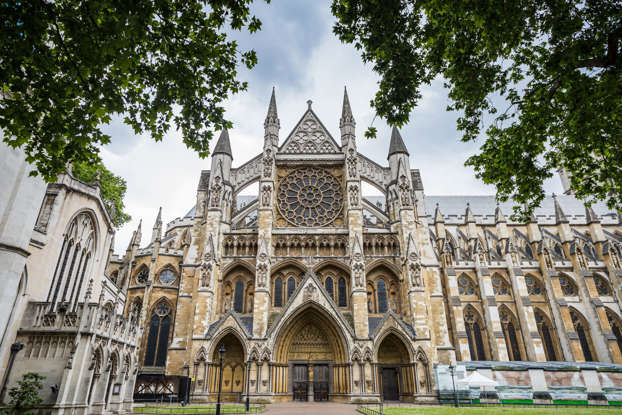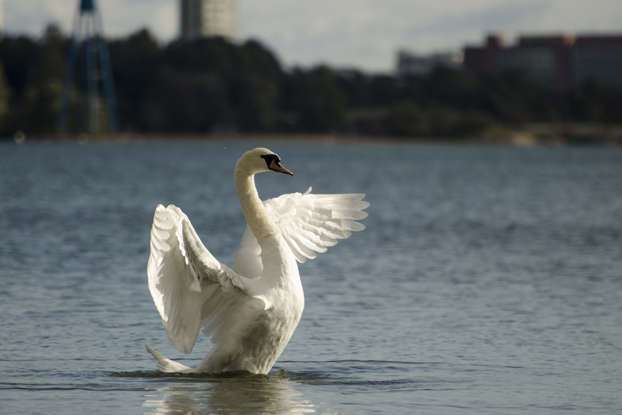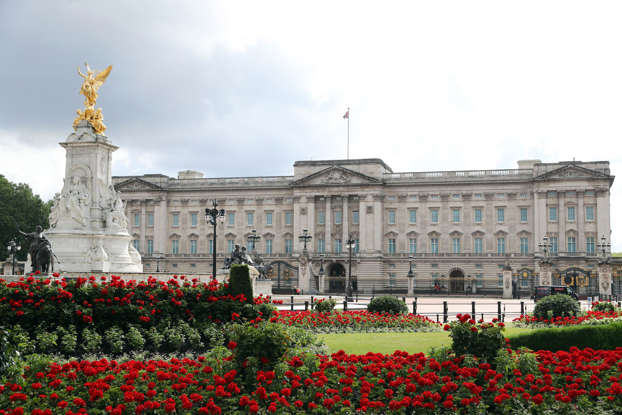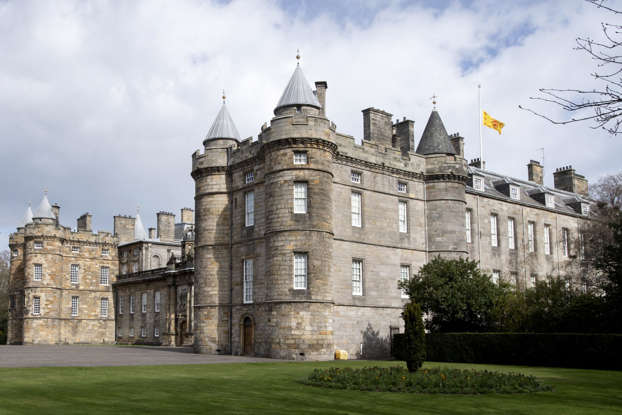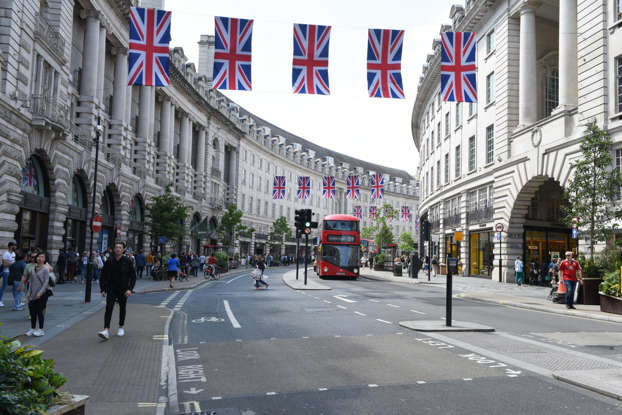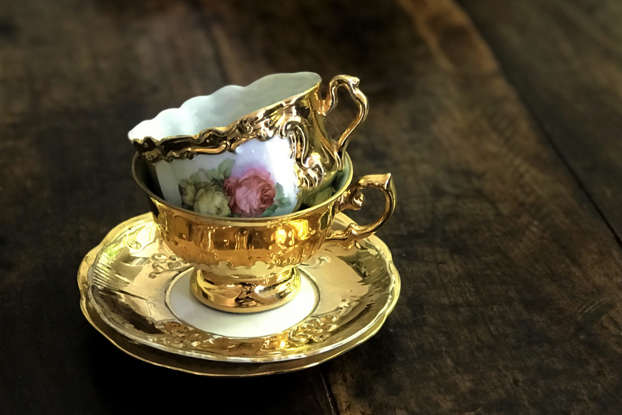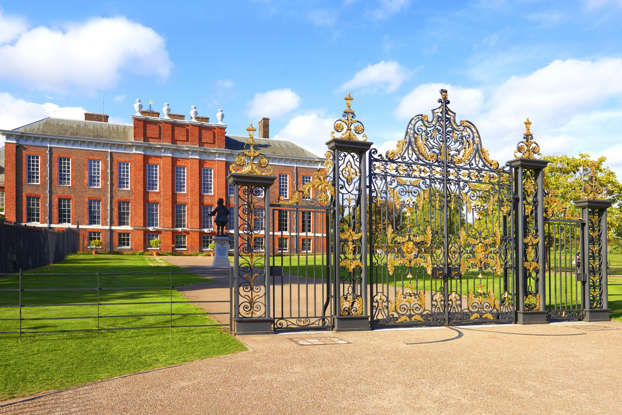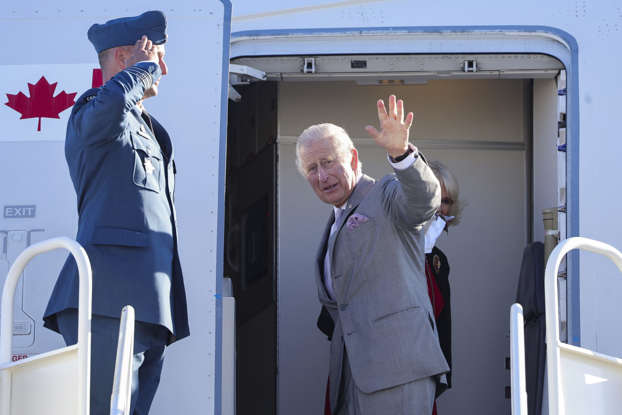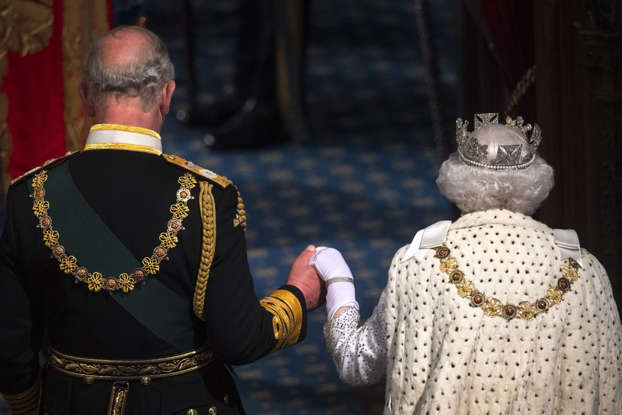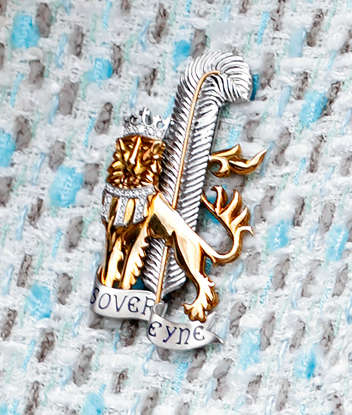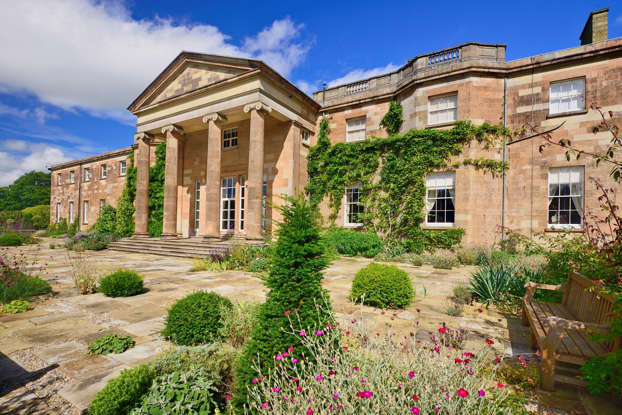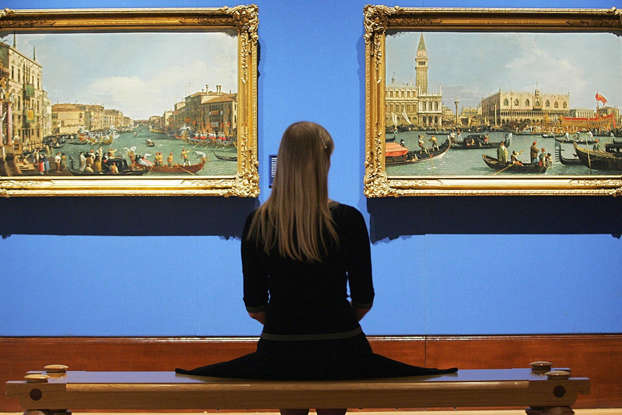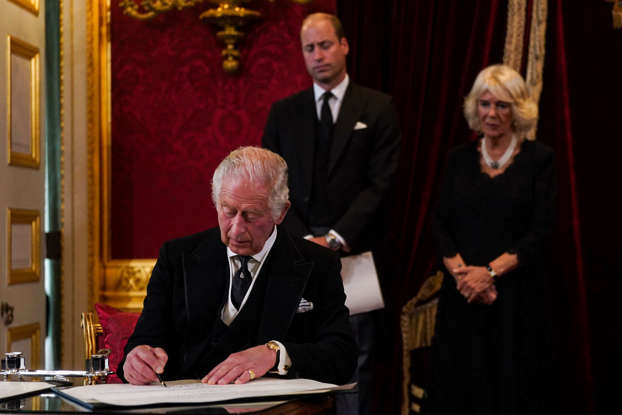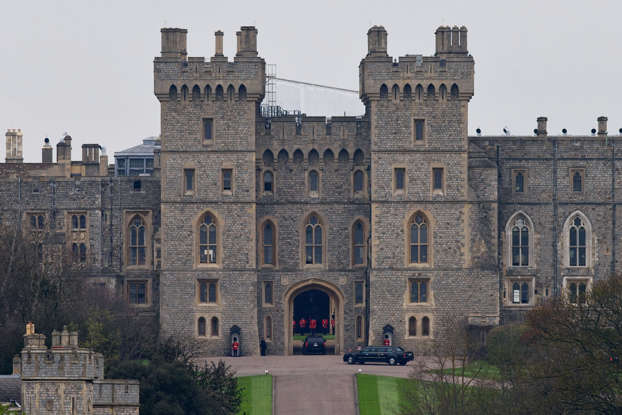
The passing of the beloved Queen Elizabeth II not only made Charles III the King but also passed down many other responsibilities and titles from one sovereign to another. As the new sovereign, the King has taken on the total weight of the British Crown. Let’s look at all this entails for King Charles III in this historical shift in the monarchy.
The British Monarchy
King Charles III instantly inherited the British Monarchy at the time of his mother’s passing; however, the Act of Settlement from 1701 still required the government to acknowledge the change in leadership, formally noted by the Accession Council on September 9th, 2022.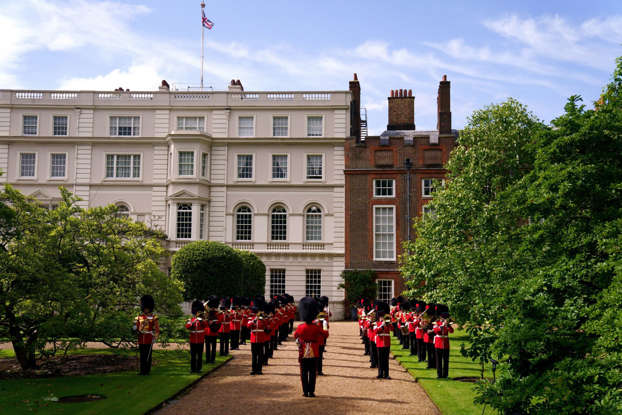
Clarence House, London, England
Clarence House, a royal residence in London owned by the Crown, has a history of housing the royal family. Prince Charles and Camilla have resided in the House since 2003. Prince William and Prince Harry were among residents, even the late Queen Elizabeth II herself, before she inherited the throne. Her mother, the Queen Mother, resided in the House from 1953 to 2002.
The Supreme Governor of the Church of England
King Charles III also inherits the position of the Head of the Church of England. He will be the “Defender of the Faith,” but he will not be the head of the Anglican Church as a whole. His position is largely symbolic but quite relevant to the church in appointments.
32,000 swans and then some
More than 800 years ago, a large number of marine animals in the waters surrounding the United Kingdom, including dolphins, whales, sturgeons, and today which accounts for 32,000 swans, were in danger from poaching. At the time, their protection was ordered under the monarch, and it has been so ever since.
Buckingham Palace, London, England
King Charles III will now control the Crown’s royal residences as sovereign. Buckingham Palace is the administrative headquarters for the monarchy and customarily has been the primary residence of the monarch. The palace has been a centerpiece in London, a stable location for celebrations and mournings of the British people. It has also been the residence of the Duke of York and the Earl and Countess of Wessex.
Palace of Holyroodhouse, Edinburgh, Scotland
This palace is the Crown’s official residence of the British monarch in Scotland. It has been a residence of the Crown since the 16th century, and a common setting for state and ceremonial celebrations.
The Crown Estate
The Crown Estate is a portfolio of real estate owned by the monarch but managed privately. It is, therefore, neither government nor private estate property. It consists of property, farms, forests, and coastlines which add up to 1.4% of the land in England. Charles will now receive 15% of its profits as sovereign.
The Royal Collection
The Royal Collection is the largest privately owned art collection in the world. It is made up of over one million individual pieces that include: jewelry, clothing, paintings, tapestries, furniture, books, weapons, and more that represents the personal tastes of the British Kings and Queens. While not personally owned by the sovereign, it is passed down to its successors and overseen by the Royal Collection Trust.
Kensington Palace, London, England
Kensington Palace has been the residence of the now Prince and Princess of Wales for many years until their recent move to Windsor. The palace has been a royal residence of the Crown since the 17th century and is partly open to the public for touring.
The Sovereign Grant
While people do not usually inherit a salary, King Charles III is, of course, an exception. As King, he will receive the “Sovereign Grant,” which will cover his expenses related to the Crown. In 2021, the Queen received a sovereign grant of $99.65 million.
Tax free passing
According to British law, the inheritances passed from consort to sovereign, in the case of Prince Philip of Edinburgh to Queen Elizabeth II, and from sovereign to sovereign, as in the case of Queen Elizabeth II to King Charles III, are exempt from the usual 40% estate tax that applies to inheritances over $377,000.
The Duchy of Lancaster
This private estate, acquired over the past 700 years, is to provide a separate income for the sovereign. The portfolio consists of real estate amounting to around 44,500 acres of land, castles, historical buildings, commercial properties, and other holdings. The sovereign’s private income is known as the “Privy Purse,” which mainly consists of the Duchy of Lancaster.
Hillsborough Castle, County Down, Northern Ireland
Hillsborough Castle is the Crown’s official royal residence of King Charles III in Northern Ireland and other British royal family members when they visit. It is also the official residence of the Secretary of State for Northern Ireland.
The Queen’s Gallery
The Royal Collection is spread out over 13 royal residences owned by the Crown. The Queen’s Gallery, in Buckingham Palace, was built specially to house and display pieces from the collection. It is open to the public and hosts many exhibitions throughout the year.
The British Monarchy
King Charles III instantly inherited the British Monarchy at the time of his mother’s passing; however, the Act of Settlement from 1701 still required the government to acknowledge the change in leadership, formally noted by the Accession Council on September 9th, 2022.
Windsor Castle, Windsor, Berkshire, England
Windsor Castle, another royal residence owned by the Crown at Windsor in the English countryside of Berkshire, is the oldest and largest inhabited castle in the world. Queen Elizabeth II frequently spent time at the castle and used it often for ceremonial and state occasions.


